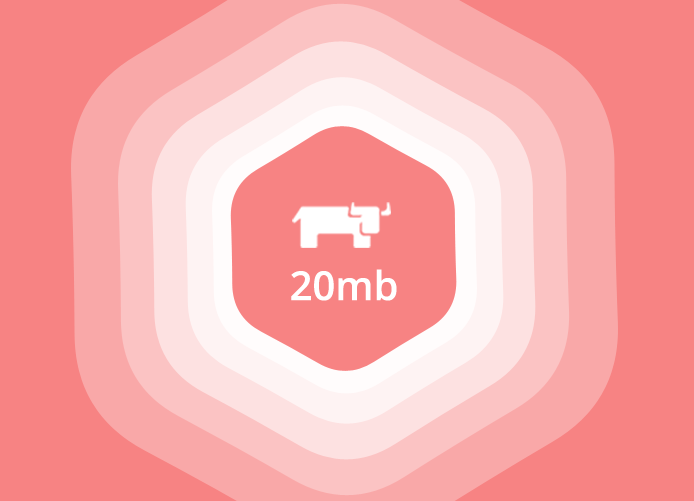Containers have become an incredibly popular technology in recent years. The portability and simplicity of deployment they introduced combined with their natural fit for microservice applications have made containers the logical foundation for net new applications. But did you know that containers can provide even more benefits to your legacy applications?
Containers provide significant resource efficiencies compared to running applications directly on servers. Switching to a container-based deployment allows you to consolidate more applications onto a server compared to VMs due to removing the need for the OS along with the cost of the OS license. Using bare metal servers or VMs instead of containers for a single app is like paying for a large house for a single person – including all of the mortgage, maintenance, and real estate tax expenses – when you could be just as happy living in a studio apartment at a fraction of the cost.
If you are looking to unlock greater efficiencies and reduce the cost of operating your existing infrastructure, evaluate which applications can be migrated to container-based deployments. To assist you, below are five steps you can use to see if they are good candidates for containerization:
Is the app pre-packaged as a single binary or JAR file?
Take a look at the application, and check if it’s already a single binary or a JAR file. If it is, it’s easy to containerize it. Java apps and JAR files are especially flexible and can be easily converted. Plus, containerized Java has a further advantage of carrying their specific JRE environment inside the container, which makes for simpler deployment. It also means many different versions of Java runtimes can be run side-by-side on the same servers because of the isolation that containers provide.








